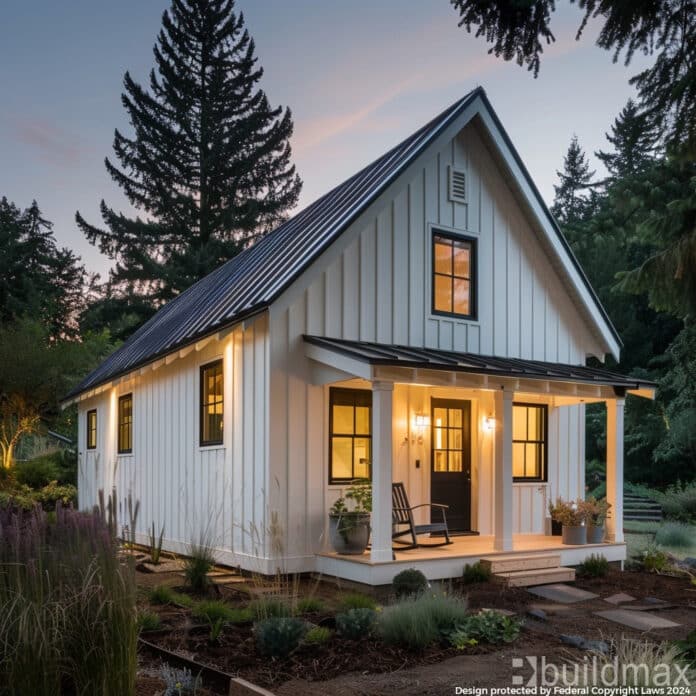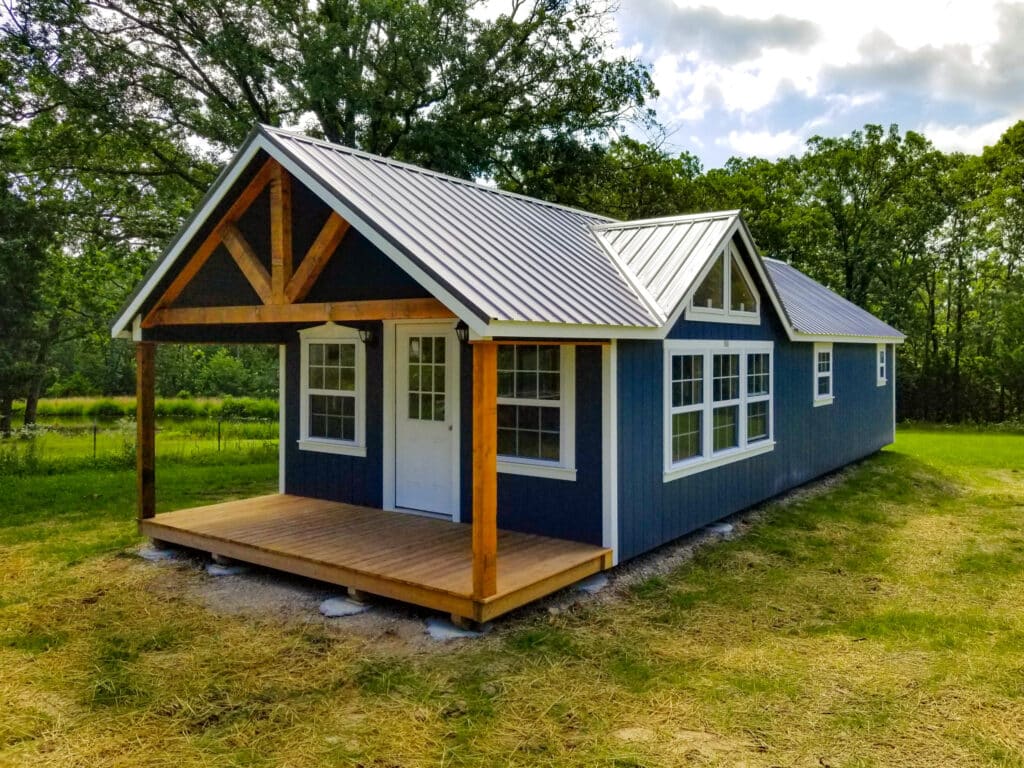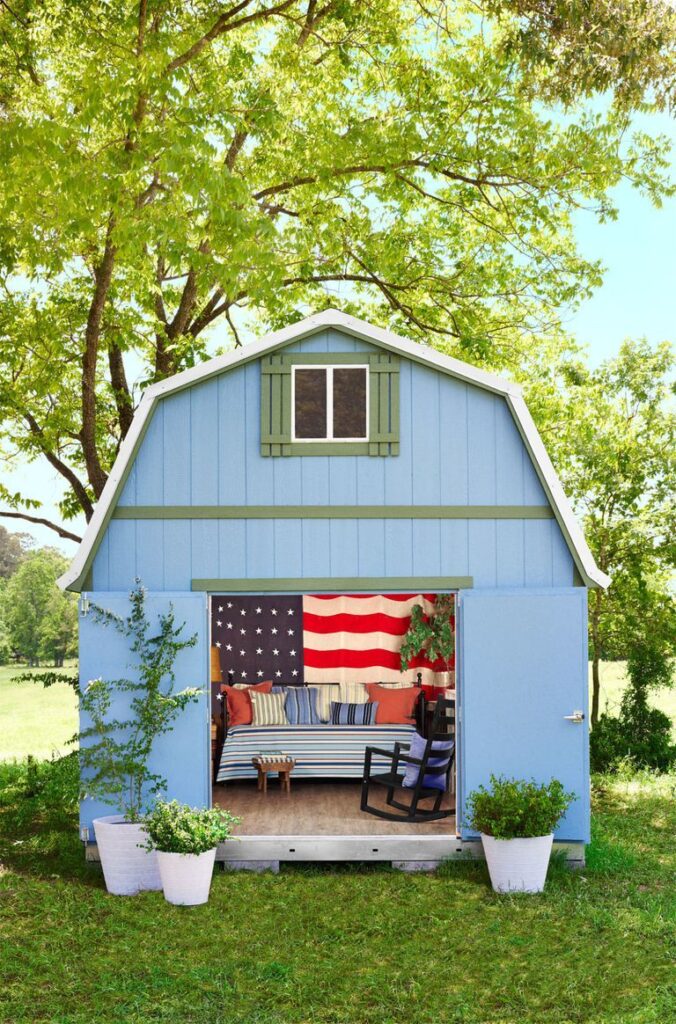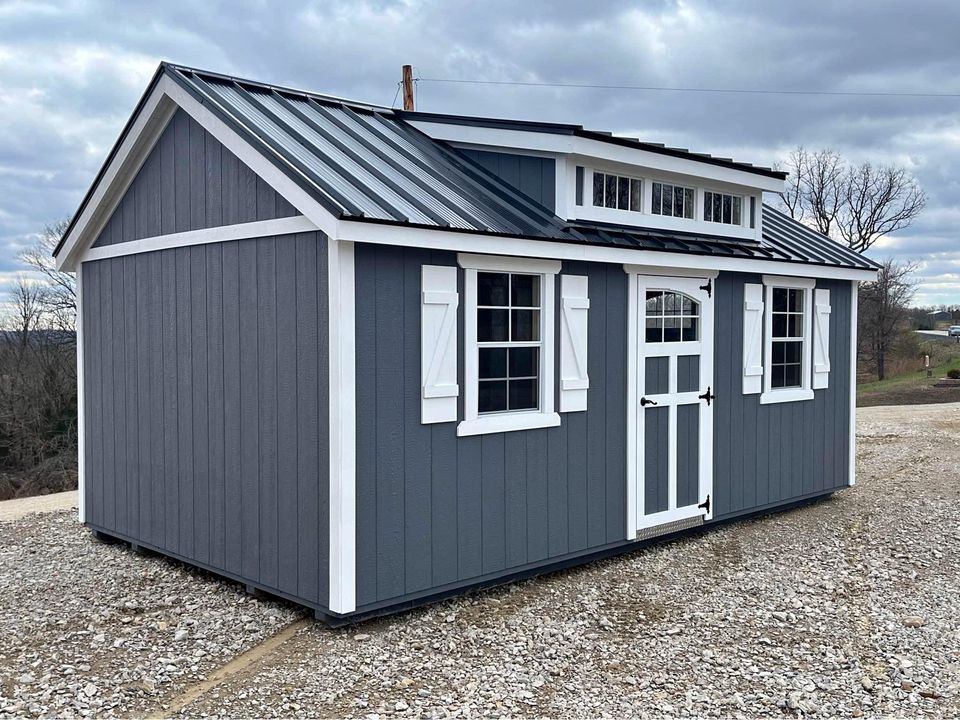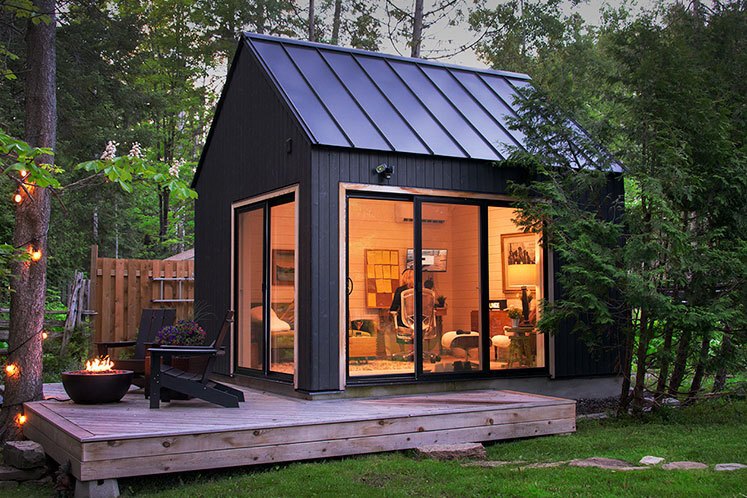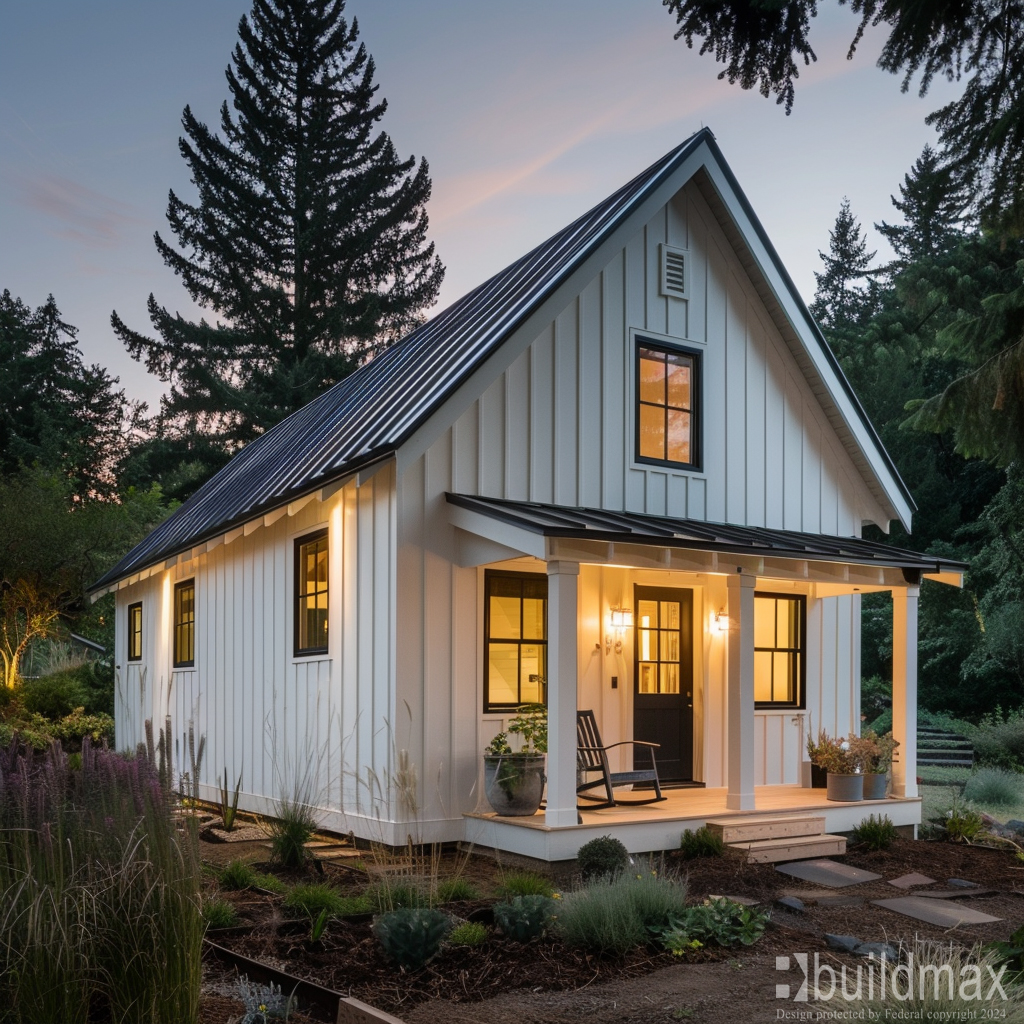What Size Shed Can I Build Without a Permit in Kentucky?
If you’re planning to build a shed in Kentucky, one of the first questions you might have is whether you need a building permit. The size of the shed and its intended use play a key role in determining whether a permit is required. In this article, we’ll explore the general rules for shed size limits in Kentucky, the shed permit process, and how easy it is to navigate the system.
Shed Size Limits Without a Permit
In Kentucky, building codes and zoning regulations vary by county or municipality, but there are some general guidelines regarding the construction of sheds and other accessory structures. The most common rule followed in many areas is that **sheds under 120 square feet** typically do not require a building permit. However, there are some additional factors to keep in mind:
1. **Height Restrictions**: Even if your shed is under 120 square feet, it must comply with local height restrictions. In some areas, a shed that is too tall may still require a permit, regardless of its footprint.
2. **Usage**: If the shed is intended for basic storage and will not have plumbing, electricity, or be used for living space, it is more likely to be exempt from permit requirements. If you plan to run utilities to the shed, a permit may be necessary.
3. **Setback Requirements**: Some jurisdictions in Kentucky have setback requirements that dictate how close to property lines you can build your shed. If the shed is too close to a neighbor’s property, a road, or a public area, you may need a permit, even if the structure is under 120 square feet.
4. **HOA and Local Ordinances**: If you live in a neighborhood governed by a Homeowners Association (HOA) or a municipality with strict ordinances, you may still need approval even for smaller sheds. Always check local rules before starting construction.
The Permit Process for Building a Shed in Kentucky
If your shed exceeds the size limits or falls into a category that requires a permit, the process of obtaining one is generally straightforward. Here’s an outline of the typical steps involved:
1. **Check Local Building Codes**
The first step is to contact your local building department to determine if you need a permit for your shed. You can usually find this information on your county or city’s website or by calling the local planning and zoning office. Be prepared to provide details about the shed’s dimensions, location, and intended use.
2. **Submit a Permit Application**
If a permit is required, you’ll need to fill out a building permit application. The application may ask for the following information:
– The size and height of the shed
– Its distance from property lines, other structures, and public areas
– Intended use (storage, workshop, etc.)
– Structural details (foundation, materials, etc.)
Many Kentucky jurisdictions allow you to submit permit applications online, making the process convenient. You may also need to provide a **site plan** showing the shed’s location on your property.
3. **Pay the Permit Fee**
There is usually a small fee associated with obtaining a building permit. The cost can vary depending on the size of the shed and the complexity of the project. For a basic shed, the permit fees are typically modest, ranging from $50 to $150 in most areas.
4. **Inspections**
Once you have your permit and begin construction, the local building department may require inspections at various stages of the project. For example, if you’re running electrical wiring or installing plumbing in the shed, an inspector will need to verify that the work is done to code. For simple storage sheds, however, this step may not be necessary.
How Easy Is the Permit Process?
The permit process for sheds in Kentucky is generally considered straightforward, especially for basic structures. Most local building departments are familiar with accessory structures like sheds and can provide clear guidance on what’s required. For a standard shed without utilities, you can usually expect the permit process to be quick and hassle-free.
– **Timelines**: In most cases, a permit can be approved within a few days to a couple of weeks, depending on the complexity of the project and the workload of the building department.
– **Support**: Many counties and cities provide online resources, including permit forms and building code information, to make the process more accessible. Some areas even offer checklists specifically for sheds, detailing what is needed for approval.
Something Bigger than a Shed…A Barndo maybe
For individuals looking to build something larger than a shed—perhaps a structure like a barndominium—the process is more involved, but the possibilities are vast. Barndominiums combine the rustic appeal of a barn with the comfort and convenience of a modern home, offering flexible floor plans and wide-open spaces. Building one requires thoughtful planning, the right materials, and expert guidance, which is why partnering with a company like **Buildmax** can be a great starting point.
Buildmax specializes in **barndominium kits** and construction plans, offering everything from customizable designs to assistance with finding contractors. Their pre-designed kits make the process more manageable by providing homeowners with the framework to build a strong, steel-framed barndominium. These kits can significantly simplify the process, reducing time spent on sourcing materials and navigating design challenges. Additionally, Buildmax offers financing options, ensuring that building your dream barndominium is not only feasible but also cost-effective.
By partnering with a company like Buildmax, you’ll have access to expert advice and support, whether you’re managing the construction yourself or hiring professionals. From energy-efficient layouts to stylish finishes, Buildmax ensures that your barndominium meets both functional needs and aesthetic preferences, making them an excellent resource for first-time builders or those expanding their living space with a larger project.
Conclusion: Understanding Shed Permit Requirements in Kentucky
In Kentucky, you can typically build a shed up to 120 square feet without needing a permit, as long as it meets local zoning rules and is intended for basic storage. However, for larger sheds, or those with utilities like electricity or plumbing, a building permit is likely required. The permit process itself is generally straightforward and can often be completed online with minimal fees. Checking local regulations before starting construction ensures you’re in compliance and can avoid potential issues later.



